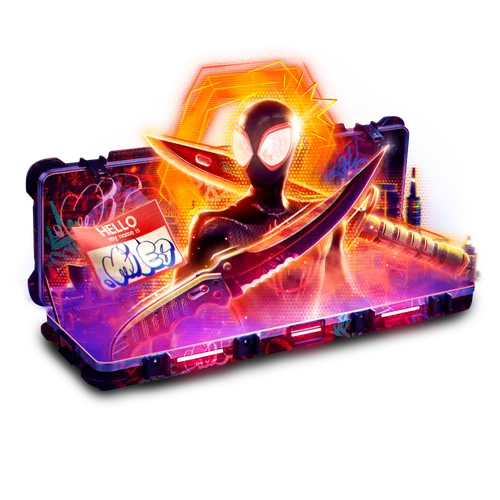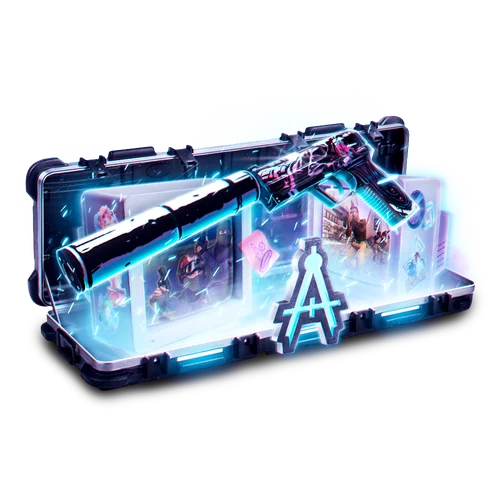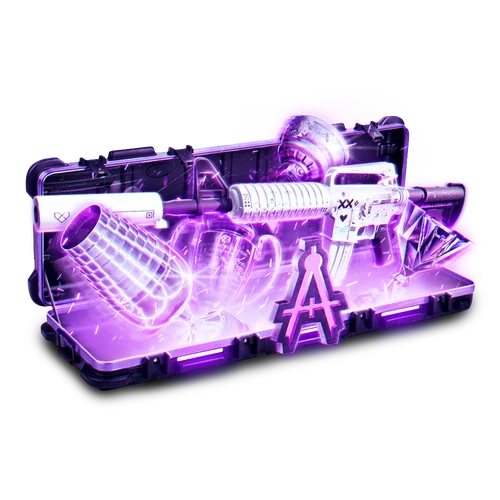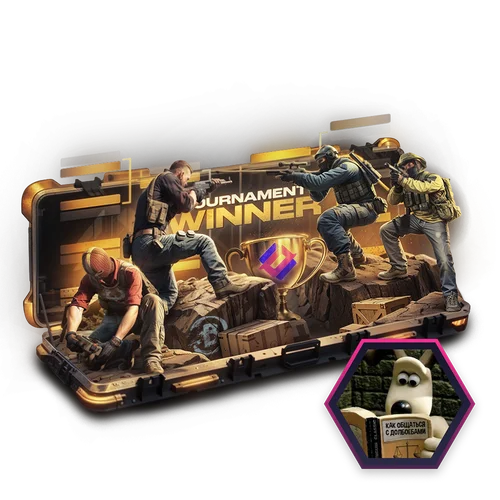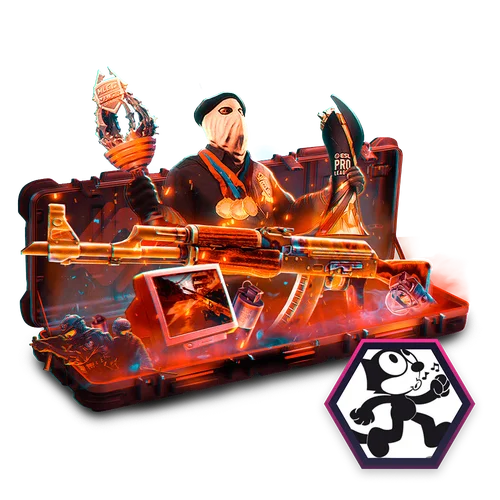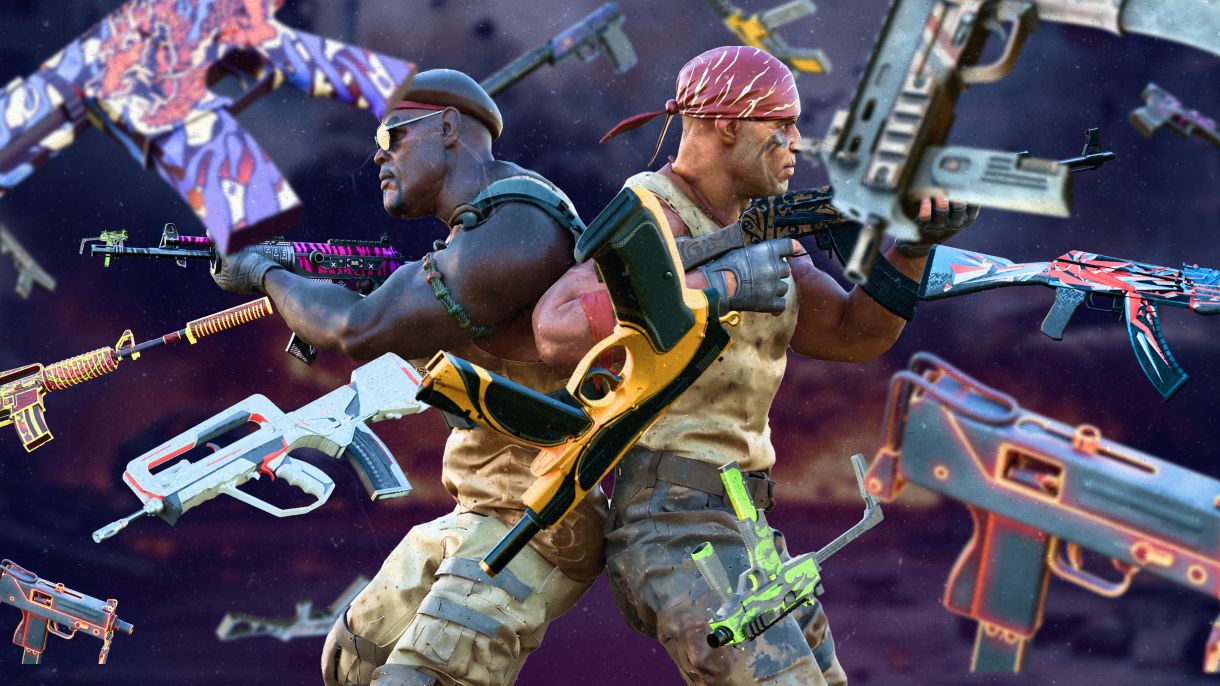The balance between Counter-Terrorists and Terrorists in the strategic world of Counter-Strike 2 depends not only on player prowess but also heavily on the map being played. With their distinctive features and layouts, each CS2 map has the power to tip the odds in favor of one side or the other. Understanding how design features like choke points, bomb sites, and rotational paths can favor one team over the other is necessary to determine whether a map in Counter-Strike is “CT or T sided map CS2”. Certain maps are known for being CT-sided because of their defensive designs, which make it simpler for CTs to hold defensive positions and control important areas, while other maps give Ts faster access to bombsites and more routes, which encourage aggressive plays.
Map Analysis: The Balance of Power in CS2
Every CS2 map has special elements that can help or hurt a team’s chances of winning. A map’s architectural design is a key factor in identifying whether it is CT or T sided. CT-sided maps are usually those with intricate level layouts, rapid rotation paths, and multiple levels, such as Nuke and Mirage. Because of their design, CTs can move fast and effectively defend important areas.
Mirage: Clearly CT Sided
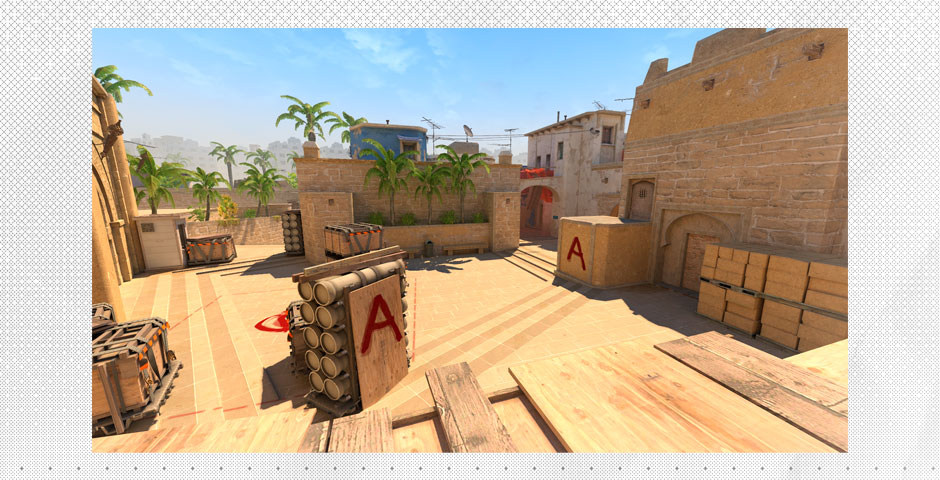
A good illustration of a CT-sided map is Mirage. The ability to quickly rotate along with open bombsites gives CTs the ability to defend effectively and aggressively. With a win percentage of 54.2% for CTs, the strategic advantage is evident, showing how important positioning and map knowledge are to getting the upper hand.
Overview: Mirage is still the best example of a CT-sided battleground. It makes sense that CTs have a higher win percentage in this situation given the open bomb sites’ ability to facilitate fast rotations and defensive positioning.
Statistics and Gameplay: On Mirage, CTs win 54.2% of the rounds. This 8.4% advantage highlights how important timing and layout are to CS2’s well-balanced combat dynamics.
Dive deep into Mirage tactics for CS2 with expert insights, ensuring you dominate every round with precision and strategy.
Nuke: Dominantly CT Sided

In a similar vein, Nuke provides a clear benefit to the CT side, boasting a noteworthy 10.4% advantage in win rates over the Ts. The layout of the map, with its many levels and narrow passageways, facilitates CT control over engagements and the avoidance of bomb placements.
Characteristics: Nuke, like Mirage, greatly benefits the CTs from comparable advantages in rotation and positioning.
Win Rates: The 10.4% advantage that CTs have in securing 55.2% of rounds shows how dominant defensive setups can be in gameplay.
Unlock the secrets of Nuke in CS2 with our ultimate guide. Gain expert tips and strategies to dominate the map like never before!
Vertigo: A Twist with T Sidedness

Vertigo offers an alternative scenario in which the Terrorists hold a slight advantage due to the verticality of the map and the strategic advantage of rapid entry kills on important ramps. A 52.2% win rate for the Ts illustrates this T-sided nature and the power dynamics on various maps.
Unique Features: Vertigo stands out as a T-sided map, a rarity in a game that often favors defenders.
Game Dynamics: Ts have a 52.2% win rate, largely thanks to the advantageous A ramp rush that disrupts CT defenses early in rounds.
Overpass: A Stronghold for CTs
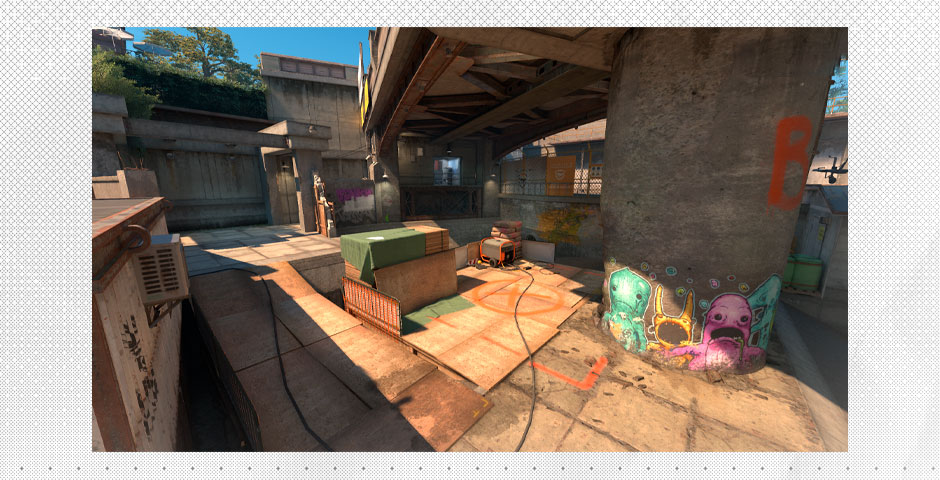
Another map where CTs have a lot of advantages is Overpass because of its layout, which allows for fast transitions and wide angle coverage. This yields a 56.4% win rate for CTs, highlighting the significance of map control and strategic placement.
Tactical Advantage: Overpass demonstrates how fast timings and angles that are simple to cover add to a CT-sided setting.
Statistical Edge: A significant 56.4% win rate for CTs demonstrates the map’s layout favoring quick and defensive play.
Dominate Overpass in CS2: Learn advanced strategies, positioning, and gameplay techniques for competitive success!
Inferno: A Balanced Approach with a Tilt Towards Ts
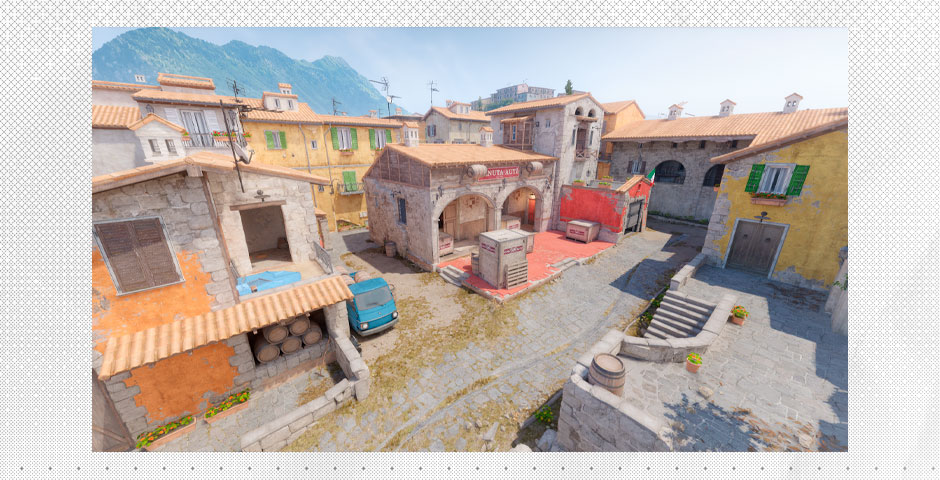
Due to its tight routes and crucial chokepoints, Inferno usually slightly favors the CTs; however, new gameplay data indicates a balanced scenario with a slight 51.6% win advantage for the Ts. This change is a reflection of evolving map familiarity and team strategies.
Historical Shifts: Traditionally, Inferno has seen phases of side preferences, but recent trends show a slight tilt towards Ts.
Current Stats: With a 51.6% win rate for Ts, Inferno represents one of the more balanced maps in CS2.
Master Counter-Strike’s Inferno map with our expert tips and strategies for dominating in 2024’s CS2 meta!
Anubis: The Newest T Sided Challenge
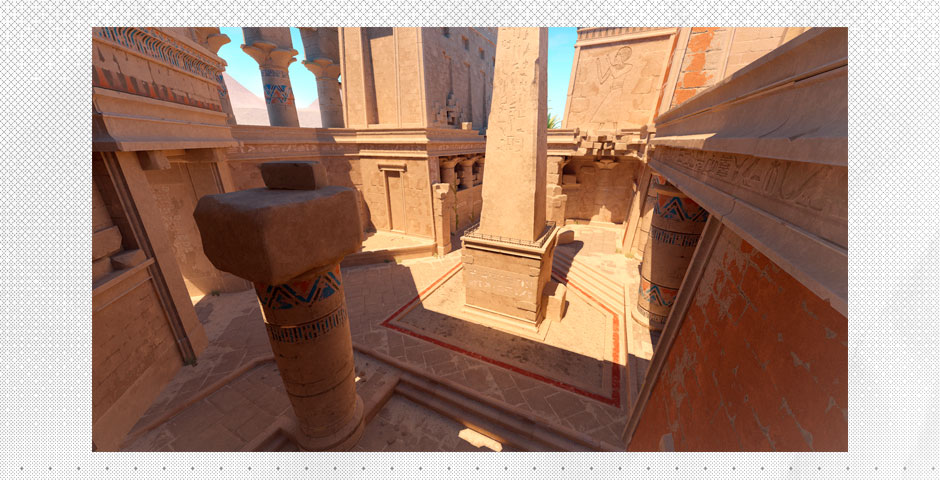
Anubis, one of the more recent maps added to the pool, sticks out due to its strong T-sided bias, with Ts winning 56.7% of rounds. This dominance is aided by the map’s design, which includes quick bombsite rushes and crucial mid-control.
Map Design and Strategy: Anubis breaks norms with a design that heavily favors Ts, thanks to strategic mid-controls and rush tactics.
Win Rate Disparity: At 56.7% for Ts, Anubis presents a unique challenge for CTs, making it the most T-sided map in current rotation.
Ancient: Balanced Yet CT Favored
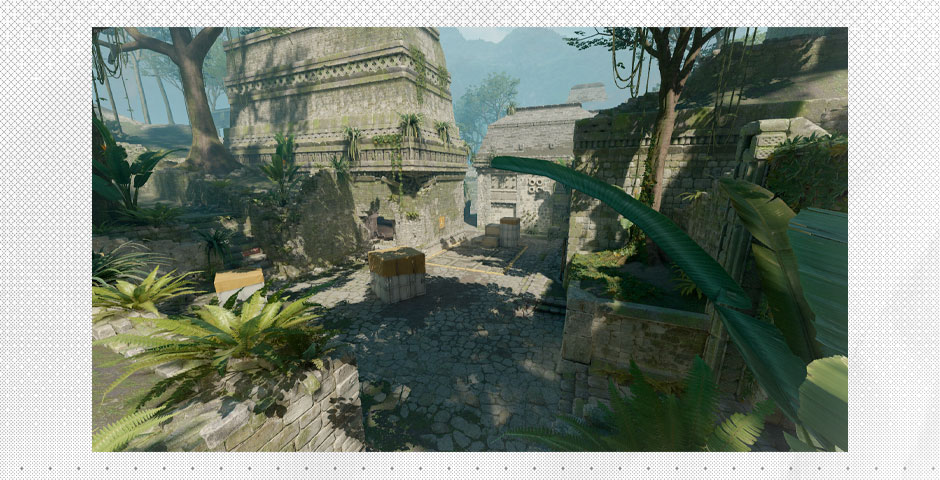
With a 50.8% win rate, Ancient is the most balanced map in CS2, although it does favor CTs slightly. This map provides a level playing field for both sides, but it also requires a high degree of strategy and flexibility.
Strategic Analysis: Ancient, though the calmest in terms of side bias, still offers a slight advantage to CTs because of its layout and tactical depth.
Win Rates: A close 50.8% win rate for CTs vs. 49.2% for Ts makes it one of the most balanced maps in CS2.
Factors Influencing Map Sidedness in CS2
Layout Considerations
Chokepoints and Entryways: Maps with narrow checkpoints generally favor CTs as they can secure and hold positions more effectively.
Open Areas: Conversely, maps with more open spaces tend to favor Ts by providing more options for bomb site takes and strategic plays.
Bombsite Design
Defensive Positions: Bombsites with fewer entrances and advantageous positions for defenders typically lean towards being CT-sided.
Accessibility for Ts: Multiple entryways can make a site more T-sided as it dilutes the defensive effectiveness of CTs.
Rotational Dynamics
Quick Paths: Faster rotation capabilities generally benefit CTs, allowing them to reinforce sites swiftly upon detecting a threat.
Long Rotations: Slower rotation paths can tip the advantage towards Ts, especially when they execute well-coordinated site takes.
Weaponry and Utility
Defensive Arsenal: Access to strong defensive weapons and utility can make CTs formidable, reinforcing the sidedness of a map.
Offensive Tools: Effective use of T-side weaponry and utility can negate some of the natural advantages held by CTs on certain maps.
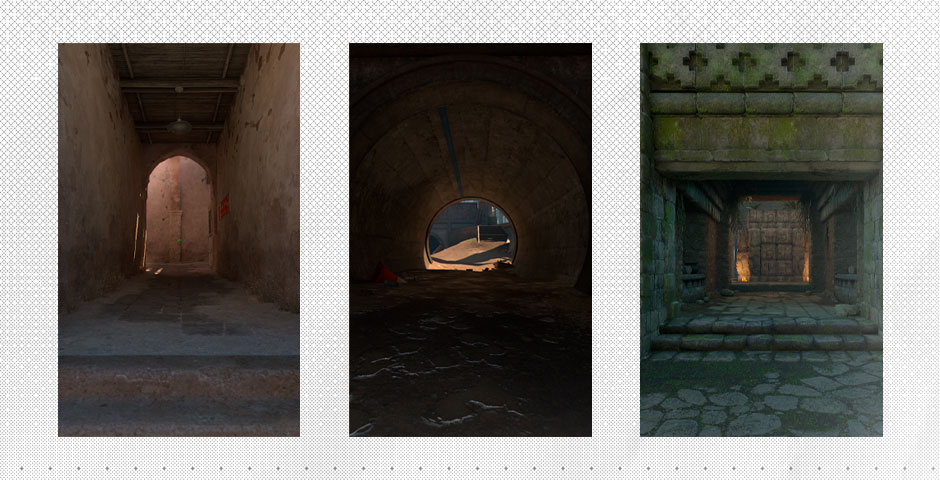
Understanding Map Sidedness in CS2
The difference between CT or T-sided maps CS2 has a significant impact on gameplay, determining how teams should approach each round. In addition to being essential for competitive play, recognizing and adjusting to the inherent benefits or drawbacks of a map’s design also improves casual players’ comprehension and enjoyment of the game. While Vertigo and Anubis show situations where Ts can prevail, maps like Mirage and Nuke show how architectural subtleties and strategic components can result in a CT advantage. Ultimately, a team’s ability to take advantage of these features is what determines whether they succeed on a CT or T sided map in CS2. Regardless of the side they play for, players can enhance their tactical execution and raise their chances of winning by picking up these dynamics.































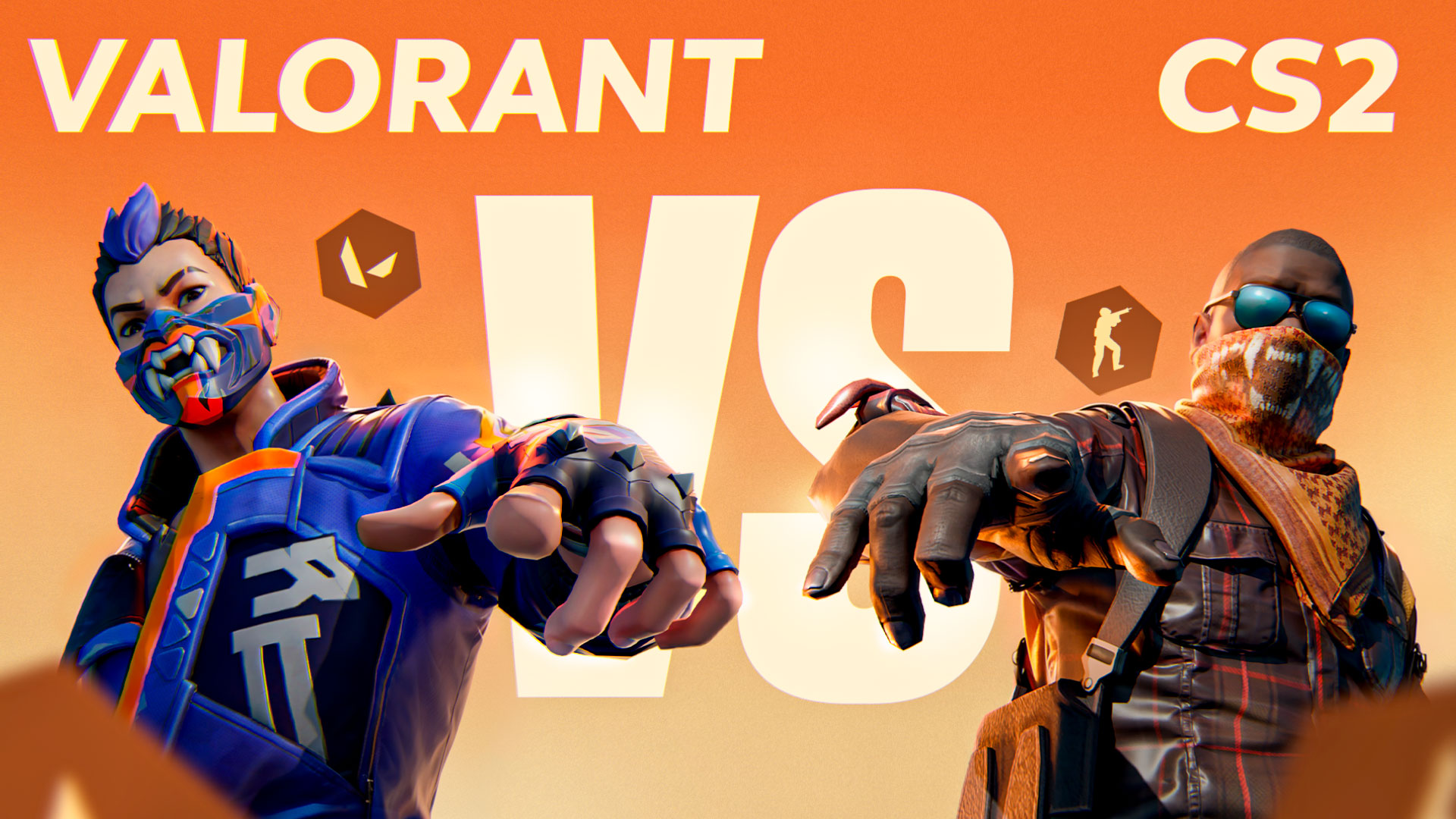
![How to Get Cases in CS2: Ultimate Guide [2024]](https://front.stage.jamson-sc.dev/community/wp-content/uploads/2024/08/Main-x-Name-32.jpg)

